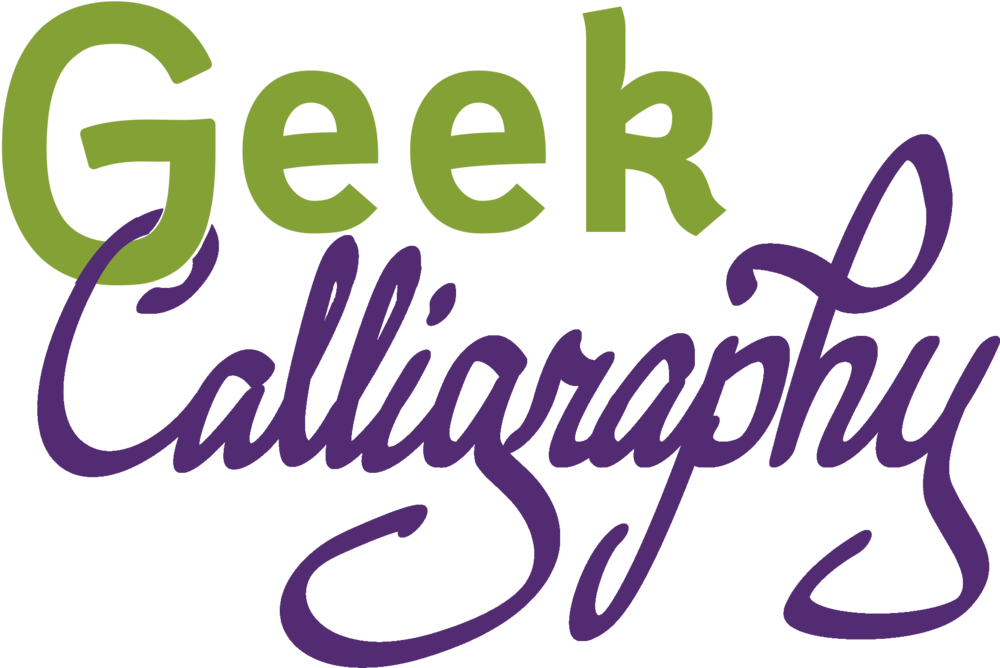by Ariela
Artists don't operate in a vacuum. Like any profession, we have networks and we bounce ideas off colleagues. We also create art in dialogue with our society, responding to our experiences and to what is going on in the world at large. Yes, sometimes we make things just "for the pretty," because it pleases our sense of aesthetics, but even then, our aesthetic senses are informed by our social conditioning. And the very best art is not only visually striking, it is emotionally and sometimes even morally impactful.
Here I want to raise up the work of two artists in the Jewish community who are using their art to hold Judaism to a higher standard of ethics.
First, from Jen Taylor Friedman (who is also my safrut (scribing) teacher):
The Intersectional Barbie Dream Minyan
Intersectional Barbie Dream Minyan points to the Jews who are still excluded, not intentionally but effectively, from our communities. Barbies of many different ethnicities, wearing tallit and tefillin, are having a Torah reading.
All the Barbies are wearing long denim skirts and three-quarter length sleeves. That's how I do Tefillin Barbies. They're also all wearing tallitot. One of the Barbies isn't wearing tefillin, and she's wearing a jaw-length sheitl. Perhaps she put her tefillin on before she left home, or perhaps she just doesn't do tefillin at this point in her life.
Some of the Barbies are Black, some of them are Brown. Some of them are tan, some of them are pale. Maybe some of them are Sephardic and some are Maghrebi and one is an adult convert and one was adopted and converted as a child. One of them has blue hair. One of them has red hair, and one of them has red highlights. Nobody in this minyan ever says "But where are you *really* from?" or "But surely you weren't born Jewish." Some of them are what Mattel calls "curvy." Some of them are short.
One of the Barbies has a white cane and dark glasses. You can't see her Braille siddur in the picture. She doesn't need it right now anyway because they're about to do hagbah. Another of the Barbies is sitting down because she has mobility issues and chronic pain. Another one has depression, and another one has hearing issues, but you can't tell which ones.
Two of the Barbies are married to each other. One of the Barbies is trans.
One of the Barbies couldn't afford a set of tefillin for herself, and the community helped out. Some of these Barbies didn't go to college, or were the first in their families to go to college. One of them works in construction.
All the Barbies are deeply conscious that they're all awfully young. The artist has not the skill to repaint Barbie faces to make them look older, nor to make their hair grey.
In principle, Kens are welcome in this minyan, but today they're outside fixing breakfast, which is why you can't see them.
Ten years ago, Jen made waves with the first Tefillin Barbie. For context, tefillin were historically worn by men only, barring notable exceptions. It is only within the past 50 years that women have begun wearing tefillin in any sort large numbers, and it is still rare, even in gender-egalitarian Jewish communities; putting tefillin on Barbie was quite the statement. She has gone through several different models since, including Computer Engineer Tefillin Barbie. Now that Mattel has put out Barbies with a greater range of phenotypes, Jen is once again pushing boundaries and making statements with Tefillin Barbie.
The image itself is striking, but what really makes it is the caption, which is just as much part of the piece as the photo. It combines accessibility with an explicit statement about the Jewish community and the need to live up to the ideals set forth in our own literature, from the Torah through the Codes.
Jen is also notable for being the first woman on record to have scribed an entire Torah scroll. She is always very meticulous to point out that others may have come before whose stories were not recorded thanks to the environments in which they worked. She is nearly single-handedly training an entire generation of gender-egalitarian scribes in the laws and skills of writing sacred texts, though she modestly downplays her own role in this work.
You can see more of Jen's work at HaSoferet.com.
Second, from Aaron Hodge Greenberg:
Black Lives Matter Wrapped in a Tallit
(Papercut art shows a black background with a classic white tallit with black stripes and the text BLACK LIVES MATTER on it. Below the text reads:
שכל המאבד נפש אחת מישראל. מעלה עליו הכתוב כאילו איבד עולם מלא. וכל המקיים נפש אחת מישראל מעלה עליו הכתוב כאילו קיים עולם מלא.
Translation: Anyone who destroys a life is considered to have destroyed an entire world; and anyone who saves a life has saved an entire world.)
This piece is beautiful, poignant, simple, and elegant. It's all there in black and white.
You can see more of Aaron's work at ArtistAviv.com
Lately it has been hard to talk about Black Lives Matter in a Jewish context without addressing the Movement for Black Lives statement re: the State of Israel. People are very incensed about it on all sides. I am not going to address the specifics of it here. But what I will say is that, even if the Movement for Black Lives statement makes you uncomfortable to the point that you don't want to associate with the movement, that is no reason to not to show by your actions that Black lives matter to you. As a matter of fact, I would say that it is all the more reason to do so. For example, Jen's Intersectional Barbie Dream Minyan does not use the phrase "Black lives matter," but everything about it is a statement of care about the quality of the lives of people of color (and other marginalized identities) in the Jewish community. (Note, this is not to imply any support or lack thereof on Jen's part for the Movement for Black Lives; I've never actually asked her opinion on it and have no idea what it is.)
Compared to my personal life, I don't talk all that much about social justice explicitly in my professional hat here at Geek Calligraphy. In many cases it wouldn't be appropriate, and this is a space to talk about art and geekery. But art and social justice are not entirely separate. Art is, at its best, about improving the world. Sometimes it is simply about providing something pretty that makes people happy. Sometimes it makes people uncomfortable and challenges the status quo. It is always a method of communication and always a matter of choices, conscious or unconscious. I salute Jen and Aaron for their skill as artists and their values as Jews and as human beings.
















